You know that one rich aunt who keeps bragging about her designer handbag collection, her vintage Bentley, and that third vacation home she never actually visits? Yeah, someone might want to tell her: times are changing, and not everything shiny stays valuable forever.
As the world evolves (hello, climate change, tech disruption, and generational taste shifts), certain luxury assets are going from “status symbol” to “storage problem” real quick. So if you’ve been eyeing a yacht or a fur coat as your next “investment,” maybe read this first.
1. Gas-Guzzling Sports Cars

Remember when owning a Ferrari was the ultimate flex? Soon it might just scream outdated boomer energy. With the rise of electric vehicles and increasing environmental regulations, internal combustion engines are speeding toward obsolescence—especially the thirsty ones that get 12 MPG on a good day. The EU has already announced a ban on the sale of new petrol and diesel cars by 2035, and other countries are fast-tracking similar policies. The resale value of these V12 beasts? Already plummeting.
According to Car and Driver, sales of gas-powered luxury cars are declining faster than expected, and resale markets are struggling. Sure, they’re still beautiful machines, but beauty doesn’t pay the insurance on a car no one wants to buy. And let’s not even talk about future fuel costs or carbon taxes. By 2030, your Lamborghini Aventador might be more museum piece than money-maker.
2. McMansions in the Suburbs

Ah, the great American dream: 5,000 square feet of beige drywall, a two-story foyer, and a cul-de-sac you can’t even walk out of. These mega-homes were once the epitome of “you’ve made it,” but today’s buyers—especially millennials and Gen Z—are swiping left. A report from The Atlantic breaks it down: oversized suburban homes are becoming functionally and financially useless.
Why? First, they’re energy hogs. Second, they’re usually located in car-dependent, poorly connected areas that feel more like glorified mazes than communities. And third, they’re built like crap—often slapped together with cheap materials and cookie-cutter blueprints. Younger buyers are prioritizing walkability, sustainability, and minimalist design. So unless you want to Airbnb your giant house out to film crews making horror movies, don’t expect it to appreciate in value.
3. Fur Coats

Fur used to be the high-society look of winter. Today, it’s more like a social faux pas wrapped in ethical guilt. In 2021, Israel became the first country to ban the sale of fur for fashion, and cities like Los Angeles and San Francisco have done the same. Even luxury brands are bailing. According to Vogue, major fashion houses like Gucci, Prada, and Chanel have sworn off fur, aligning with the shift toward cruelty-free fashion.
So if you’re sitting on a vault of vintage minks, sorry to say: it’s not aging like wine, it’s aging like milk. Secondhand buyers are drying up, resale prices are dipping fast, and you’ll probably get side-eyed walking into a brunch spot wearing one. By 2030, fur will be less “opulent elegance” and more “yikes, what were they thinking?”
4. Private Golf Club Memberships

That black card to the local country club might look fancy in your wallet, but give it a few more years, and it might just be another overpriced relic. The decline of golf isn’t exactly breaking news, but KPI Golf Management reports that many private clubs are losing members faster than you can say “18th hole.” The younger generation just isn’t picking up the clubs—and even those who are prefer the more laid-back, public courses.
Throw in the rise of indoor golf tech, climate issues affecting turf maintenance, and the sheer time commitment (who has 5 hours for one game?), and suddenly that five-figure membership fee looks a little… tragic. Also, golf’s traditional reputation as stuffy and exclusionary isn’t exactly winning Gen Z over. Expect a lot of clubhouses to be turned into wedding venues or pickleball arenas by 2030.
5. High-End Watches Without Tech Integration
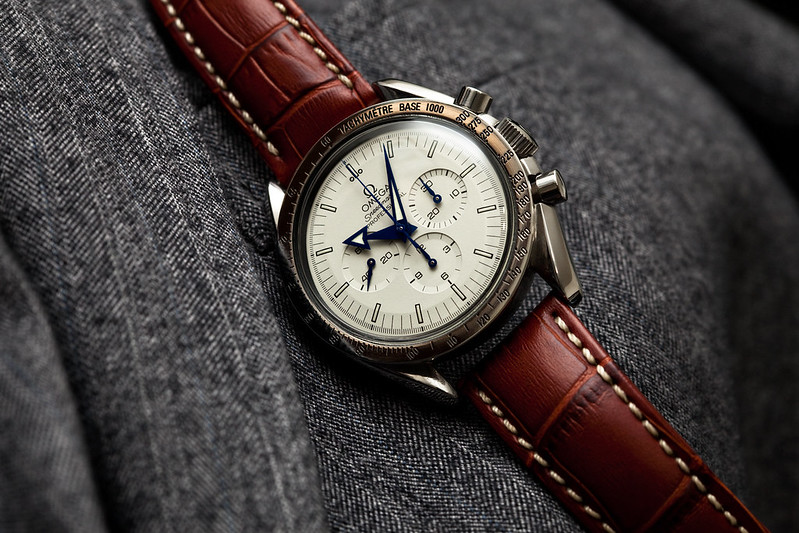
Yes, we know—Rolexes are technically still appreciating in value right now. But the tide is turning, and traditional luxury watches without any smart tech are on thin ice. According to Forbes, the hype bubble around mechanical watches is beginning to deflate, and resale prices are dropping across the board for all but the most exclusive models.
Gen Z doesn’t want to wind a watch. They want notifications, fitness tracking, and NFC payment from their wrist. That Patek Philippe might be stunning, but when it can’t even sync to Spotify, it starts to feel… well, old. As tech-integrated luxury models grow in demand, expect purely analog watches to get sidelined to the collector niche—cool, maybe, but not a solid investment anymore.
6. Mega Yachts

Unless you’re filming Succession season 5 on it, a 200-foot yacht is quickly becoming the ultimate “bad vibes” asset. With skyrocketing maintenance costs, increasing taxes on luxury watercraft, and environmental scrutiny growing every year, owning a mega yacht is about as financially smart as heating your pool with dollar bills. And post-pandemic, more billionaires are chartering instead of buying. Smart move.
Throw in fuel costs, crew salaries, dock fees, and the PR hit of flaunting excess in a climate-conscious world, and you’ve got yourself a floating money pit. Also, who wants to be seen lounging on a carbon-spewing status symbol when your eco-conscious followers are watching? Rising sea levels are quite literally making yachting less glamorous. Add in global port restrictions and marine emissions laws, and the luxury yacht life just got a lot more complicated. Expect these boats to become billionaires’ biggest regrets by 2030.
7. Luxury Fashion Logos (Think Monogram Everything)
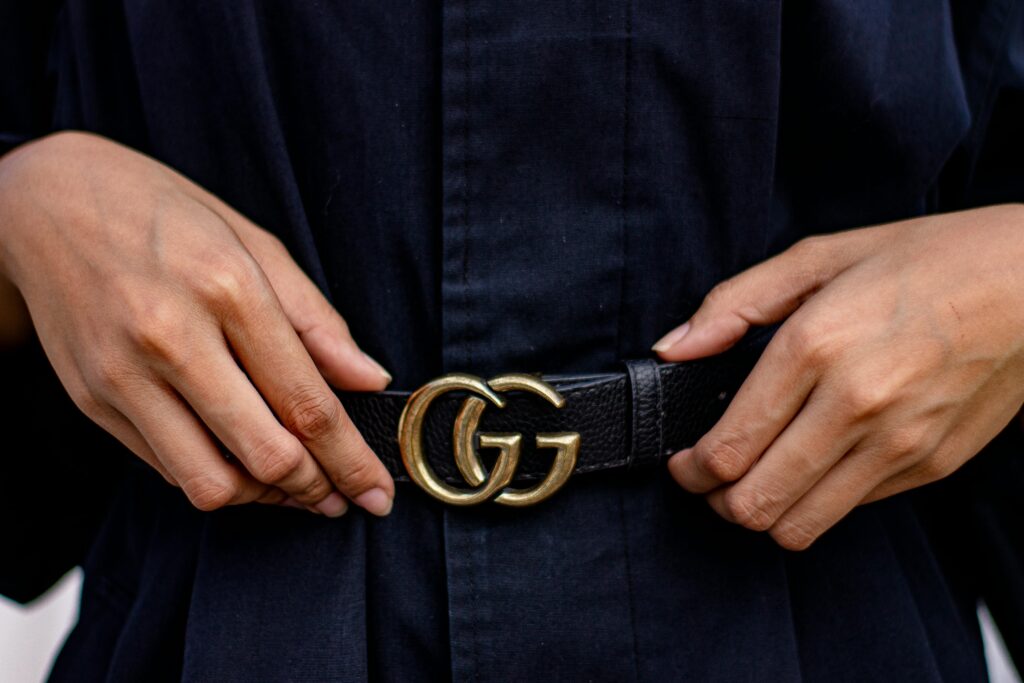
Once upon a time, head-to-toe LV or Gucci screamed, “I’m rich, pay attention to me!” Now it kind of screams, “I’m trying too hard.” The logo craze is losing steam fast, especially among younger luxury buyers who favor quiet luxury—subtlety over screaming status. TikTok, Instagram, and yes, even real-life conversations show that consumers want quality over branding.
Fashion insiders predict a full retreat from maximalist branding. Think minimalist tailoring, muted color palettes, and timeless silhouettes. If your closet looks like a logo museum, you might want to start decluttering. Flashy branding just doesn’t hit the same when everyone’s trying to look understated and effortless. By 2030, wearing giant monograms might be like rocking a Bluetooth earpiece—dated and kind of cringe. Your fashion flex should whisper, not yell.
8. First-Class Airfare

It used to be the pinnacle of luxury: champagne, lie-flat seats, caviar in the sky. But now, first-class seats on commercial airlines are being phased out. Why? Because ultra-rich travelers are opting for private jets, while airlines are reallocating space for premium economy and business class—where the real money is. Efficiency is the name of the game.
Plus, climate guilt is very real. More travelers are choosing trains or lower-emission options, and frequent flyer flexing is starting to feel… gross. Also, do you really need a three-course meal at 35,000 feet when turbulence hits mid-bite? Most airlines are scaling down first-class offerings in favor of streamlined layouts. By 2030, flying first class might feel more like a nostalgic novelty than a true luxury.
9. High-End Home Theaters
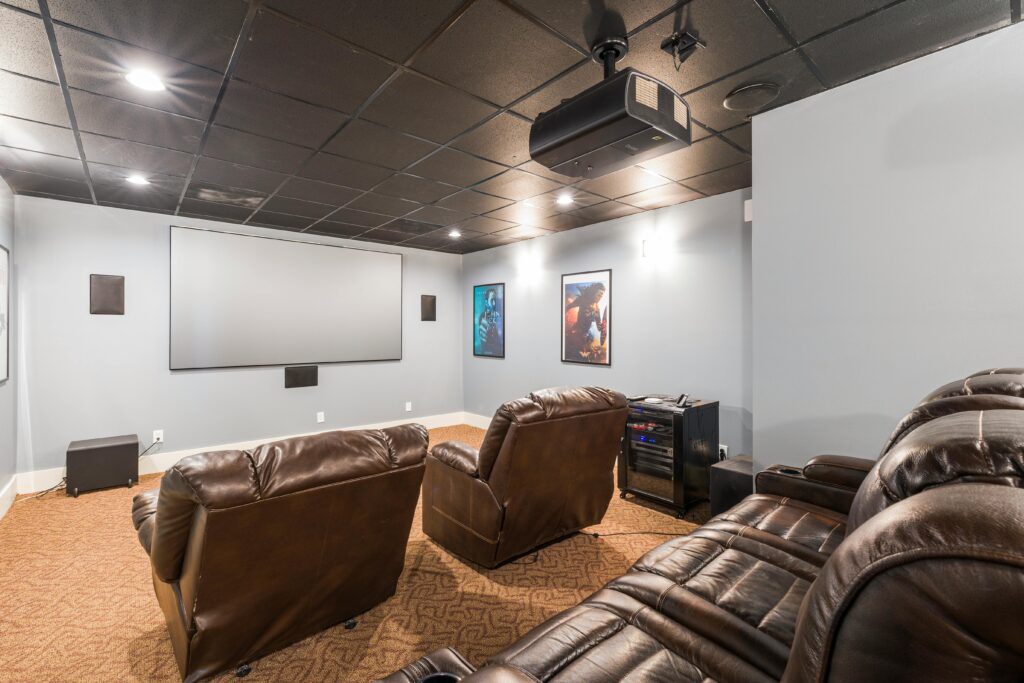
If you dropped six figures on a tricked-out home theater with reclining leather seats and a popcorn machine, we hate to break it to you: no one wants to sit in your DIY Cineplex anymore. Streaming is too good. TVs are too big. And everyone’s watching stuff on their phones in bed.
Also, spatial audio and immersive soundbars are rendering those surround-sound speaker jungles kind of pointless. These once-coveted features are now seen as bulky, outdated, and hard to retrofit into future-forward homes. Real estate agents are literally marketing “bonus rooms” instead of calling them home theaters. The market’s speaking, and it’s saying: turn that theater into a wellness studio, stat. Movie night now lives in cozy corners—not IMAX replicas. Your old-school projector setup may soon become a very fancy coat rack.
10. Collectible China Sets
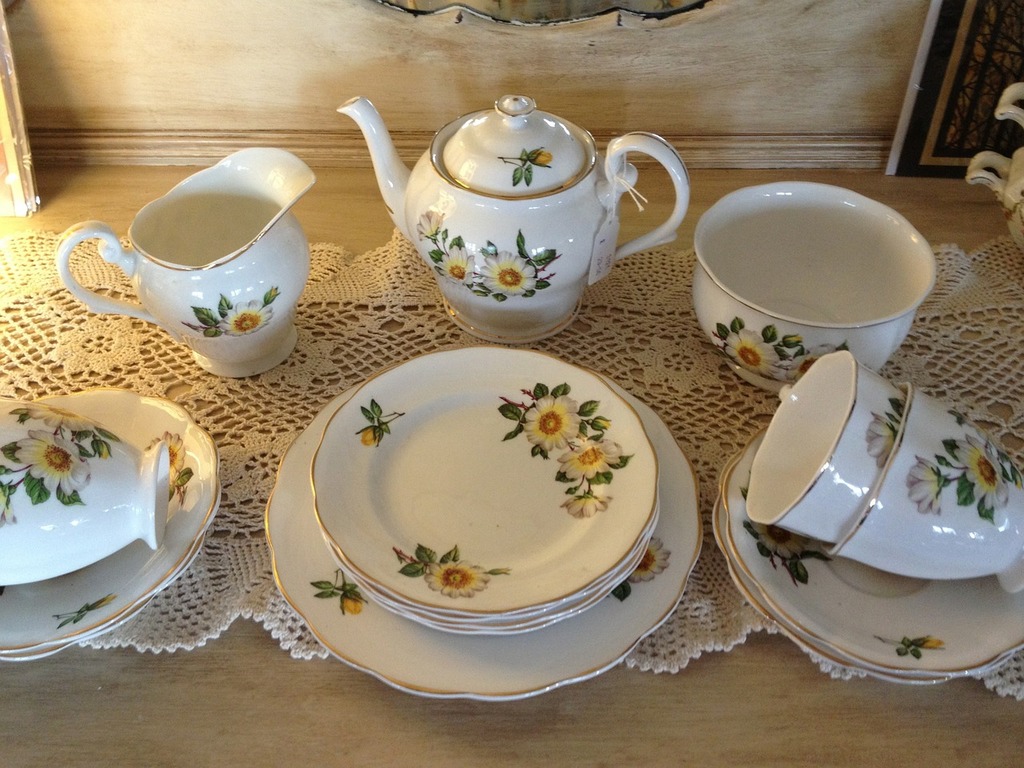
Once a wedding registry staple, now just… heavy plates no one wants to use. High-end china from brands like Wedgwood and Royal Doulton used to be passed down like treasure. Now? They’re clogging up cabinets and showing up en masse at estate sales. No one wants to hand-wash delicate dishes after a takeout meal.
Millennials and Gen Z are gravitating toward minimal, multi-use kitchenware and open shelving (where clunky heirloom china just doesn’t vibe). Even the most intricate gold trim isn’t enough to save it from extinction. The resale value has dropped like a fine teacup on a tile floor. Also, good luck finding a full set that hasn’t chipped or been lost in moves. By 2030, the phrase “fine china” will sound as old-fashioned as “rotary phone.”
11. Limited-Edition Sneakers (Yes, Really)
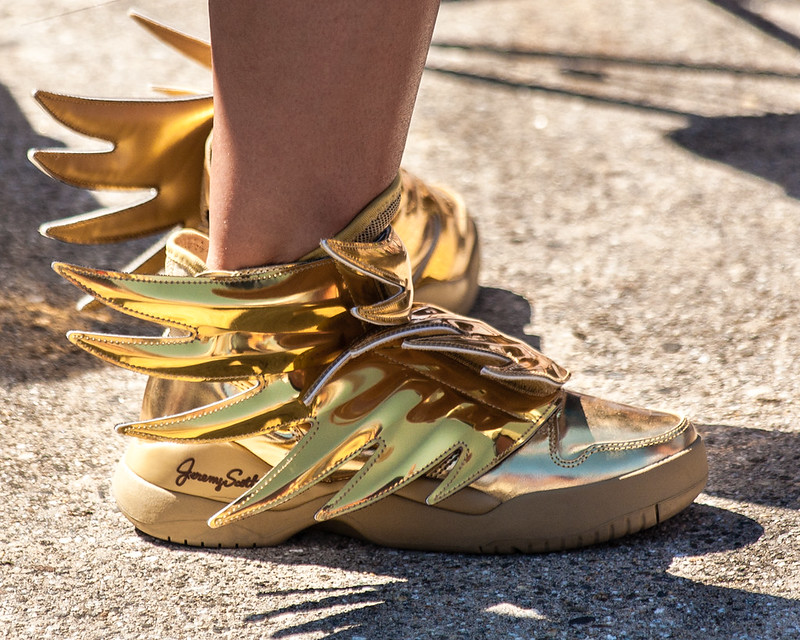
The sneaker bubble is starting to deflate—and fast. While resellers made bank on limited drops in the 2010s, the market has become oversaturated. Between bots, re-releases, and collabs that don’t sell out anymore, demand is cooling. Plus, there’s a growing awareness of how unsustainable the sneaker industry is, and people are pivoting toward quality, not hype.
By 2030, your wall of unworn Jordans may be worth a fraction of what you paid. And unless you’re part of sneakerhead royalty, no one’s paying four figures for your triple-stacked Yeezys. Trends move on, and even sneaker culture is leaning into low-key, versatile silhouettes now. Your grails could become garage sale finds. The resale gold rush is drying up, and fast. Invest in arch support, not hype.
12. Luxury Time Shares

What do you get when you combine bad investments, shady contracts, and annoying annual fees? Yep—timeshares. Even the “luxury” ones are getting harder to sell, especially as people realize they’d rather book spontaneous travel than be locked into the same overpriced resort every year. Travel influencers, flexible work schedules, and short-term rentals are the new norm.
And as Airbnb and other platforms make luxury stays more accessible without the baggage (literally), timeshares feel like a very expensive trap. Even with high-end branding, it’s hard to find someone willing to buy in without offering a toaster oven and a guilt trip. By 2030, owning a timeshare might feel as financially smart as renting a DVD. The industry is already scrambling to rebrand, but the damage is done. Don’t let that glossy brochure fool you—it’s the vacation version of a fax machine.
This article is for informational purposes only and should not be construed as financial advice. Consult a financial professional before making investment or other financial decisions. The author and publisher make no warranties of any kind.








